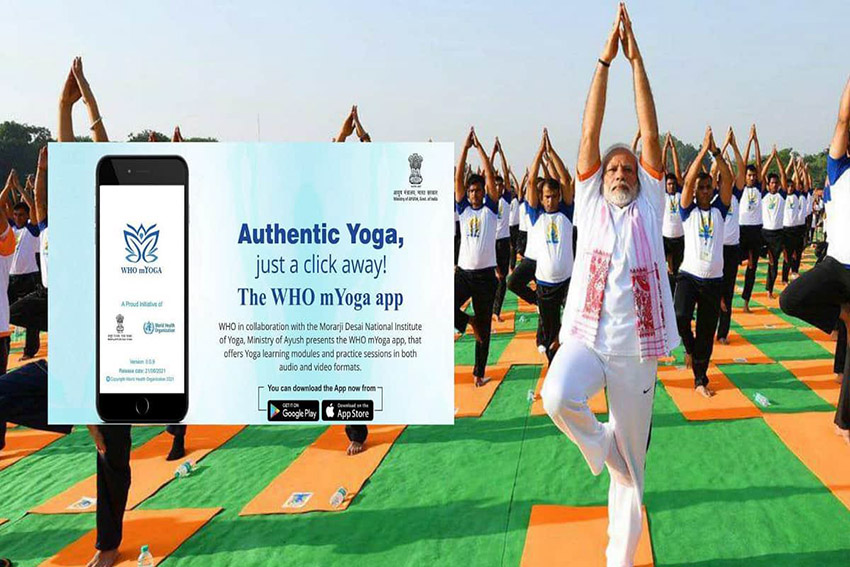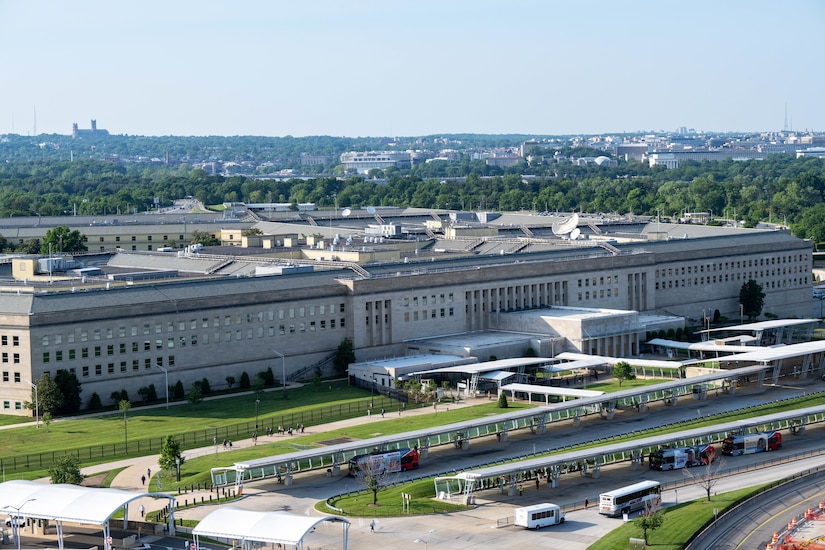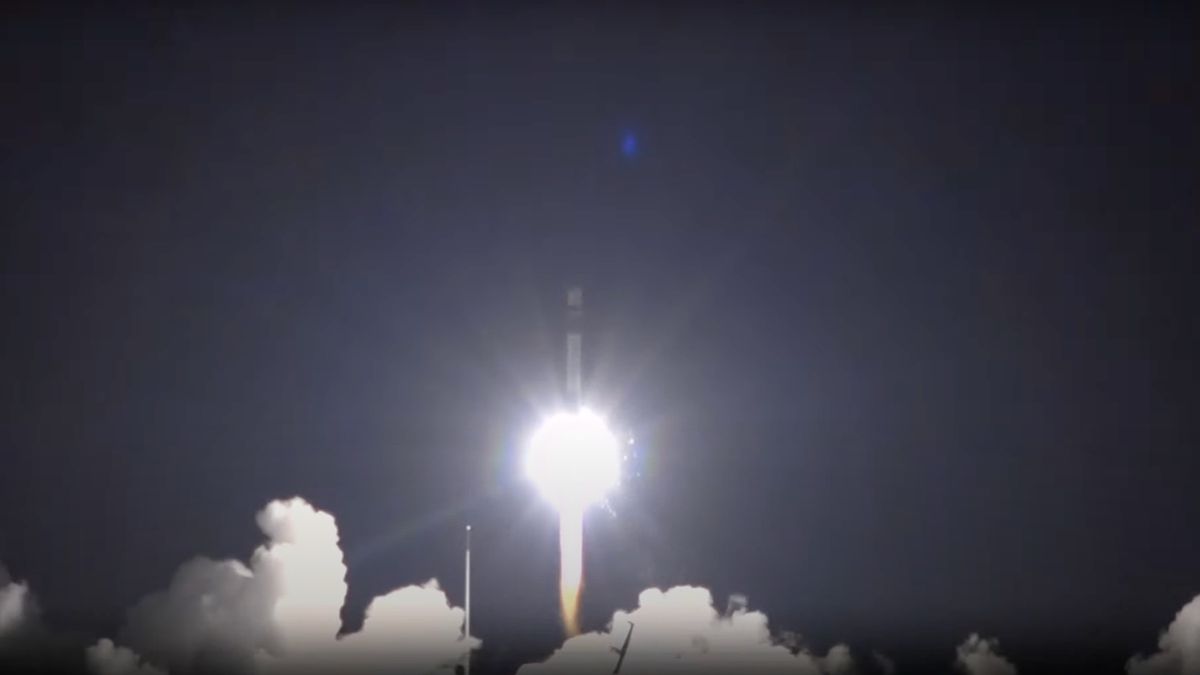By R Anil Kumar
Message of UN Secretary-General António Guterres
This year’s theme — “Yoga for Self and Society” — reminds us of yoga’s important role in enhancing people’s lives and the wider community. On this important day, let us all be inspired by yoga’s timeless values and its call for a more peaceful and harmonious future.
— UN Secretary-General António Guterres
UNITED NATIONS, NEW YORK, JUNE 2O:

 The International Day of Yoga recognizes the ancient practice’s unmatched power to deliver healing, inner peace and physical, spiritual and mental wellbeing.
The International Day of Yoga recognizes the ancient practice’s unmatched power to deliver healing, inner peace and physical, spiritual and mental wellbeing.
With roots in India but now embraced worldwide by people of all faiths and cultures, yoga unites people with its values of balance, mindfulness and peace with people and planet alike.
This year’s theme — “Yoga for Self and Society” — reminds us of yoga’s important role in enhancing people’s lives and the wider community.
On this important day, let us all be inspired by yoga’s timeless values and its call for a more peaceful and harmonious future.
2024 Theme: Yoga for Self and Society
This year marks the 10th International Day of Yoga with the theme “Yoga for Self and Society.” Yoga, a transformative practice, represents the harmony of mind and body, the balance between thought and action, and the unity of restraint and fulfilment.
Yoga integrates the body, mind, spirit, and soul, offering a holistic approach to health and well-being that brings peace to our hectic lives. Its power to transform is what we celebrate on this special day.
10th International Yoga Day event
Date: 21 June 2024, 6:00 pm (EDT)
Location: UN Headquarters, New York
Organized by the Permanent Mission of India to the UN in collaboration with the UN Secretariat, the event takes place in the North Lawn Area of UNHQ.
What is Yoga and why do we celebrate it?
Yoga is an ancient physical, mental and spiritual practice that originated in India. The word ‘yoga’ derives from Sanskrit and means to join or to unite, symbolizing the union of body and consciousness.
Today it is practiced in various forms around the world and continues to grow in popularity.
Recognizing its universal appeal, on 11 December 2014, the United Nations proclaimed 21 June as the International Day of Yoga by resolution 69/131.
The International Day of Yoga aims to raise awareness worldwide of the many benefits of practicing yoga.

The draft resolution establishing the International Day of Yoga was proposed by India and endorsed by a record 175 member states. The proposal was first introduced by Prime Minister Narendra Modi in his address during the opening of the 69th session of the General Assembly, in which he said: “Yoga is an invaluable gift from our ancient tradition. Yoga embodies unity of mind and body, thought and action … a holistic approach [that] is valuable to our health and our well-being. Yoga is not just about exercise; it is a way to discover the sense of oneness with yourself, the world and the nature.”
The resolution notes “the importance of individuals and populations making healthier choices and following lifestyle patterns that foster good health.” In this regard, the World Health Organization has also urged its member states to help their citizens reduce physical inactivity, which is among the top ten leading causes of death worldwide, and a key risk factor for non-communicable diseases, such as cardiovascular diseases, cancer and diabetes.
But yoga is more than a physical activity. In the words of one of its most famous practitioners, the late B. K. S. Iyengar, “Yoga cultivates the ways of maintaining a balanced attitude in day-to-day life and endows skill in the performance of one’s actions.”
YogaIndia
Inscribed in 2016 (11.COM) on the Representative List of the Intangible Cultural Heritage of Humanity
The philosophy behind the ancient Indian practice of yoga has influenced various aspects of how society in India functions, whether it be in relation to areas such as health and medicine or education and the arts. Based on unifying the mind with the body and soul to allow for greater mental, spiritual and physical wellbeing, the values of yoga form a major part of the community’s ethos. Yoga consists of a series of poses, meditation, controlled breathing, word chanting and other techniques designed to help individuals build self-realization, ease any suffering they may be experiencing and allow for a state of liberation. It is practised by the young and old without discriminating against gender, class or religion and has also become popular in other parts of the world. Traditionally, yoga was transmitted using the Guru-Shishya model (master-pupil) with yoga gurus as the main custodians of associated knowledge and skills. Nowadays, yoga ashrams or hermitages provide enthusiasts with additional opportunities to learn about the traditional practice, as well as schools, universities, community centres and social media. Ancient manuscripts and scriptures are also used in the teaching and practice of yoga, and a vast range of modern literature on the subject available.
WHO launches mobile application for Yoga on 20 June 2021
World Health Organisation (WHO) in collaboration with the Government of India, launched WHO mYoga – a yoga app to help people stay active and healthy, on June 20, 2021.

The app contains a collection of videos and audio files to teach and accompany yoga practice, and is an easy-to-use and free tool for both people who are trying yoga for the first time or those who already practice yoga regularly. No special equipment is needed, and users can learn or practice for between 3 to 45 minutes, so even busy people can use it to get active.
The app was developed by BeHe@lthyBeMobile, a joint initiative between the World Health Organization and the International Telecommunications Union, Inputs from experts around the world was organized by the WHO Traditional, Complementary, and Integrative Medicine unit and Morarji Desai National Institute of Yoga (the WHO collaborating centre for traditional medicine). WHO mYoga was created in response to the global Traditional Medicine Strategy 2014–2023, which aims to strengthen the quality, safety, and effectiveness of Traditional and Complementary Medicine.
As highlighted in WHO’s Global Action Plan on Physical Activity 2018-2030, the routine practice of yoga – a 5000-year-old tradition – is a valuable tool for people of all ages to make physical activity an integral part of life and reach the level needed to promote good health. Adults require at least 150 minutes per week of moderate-intensity activity.
Regular physical activity is a well-established protective factor for the prevention and treatment of many noncommunicable diseases and their risk factors, such as hypertension, overweight and obesity. Physical activity is associated with improved mental health, prevention and delay of dementia and improved quality of life and well-being.



















Discussion about this post